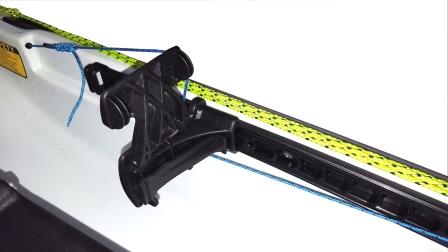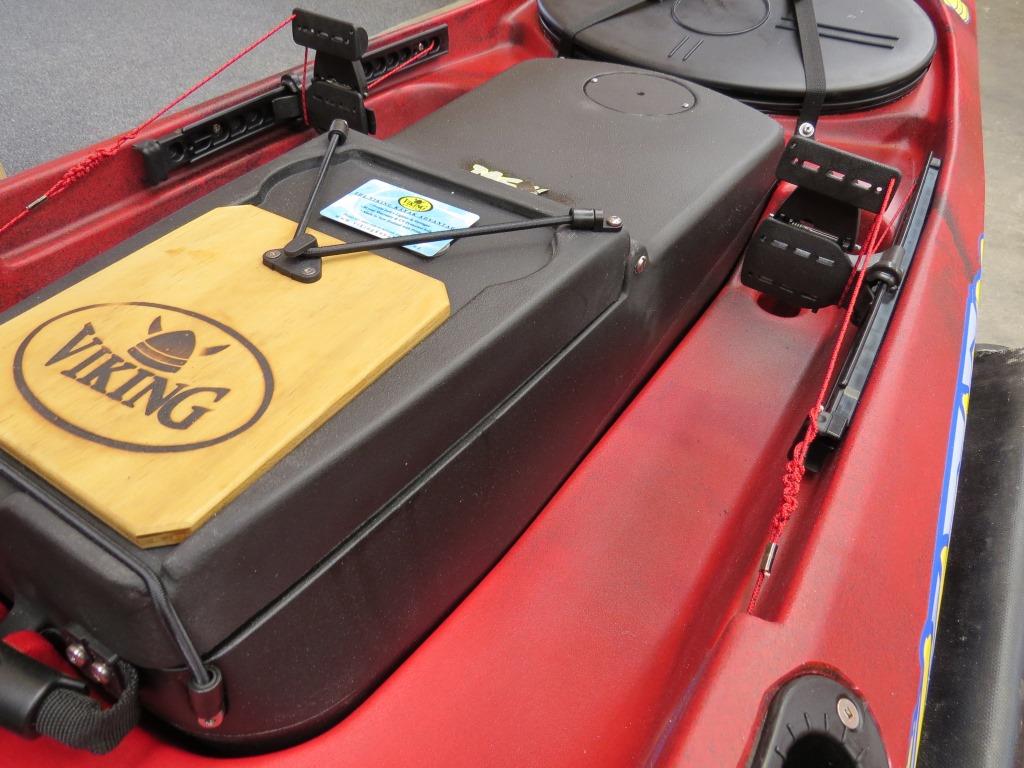10th Jun 16
1. The Toe-Tabs can be folded so they lay flush with the sides of the cockpit for easier transport. The rudder cables do not need to be untied or re-tied before use, there is enough cable to allow the Toe-Tabs to be reset without tools or adjustment.
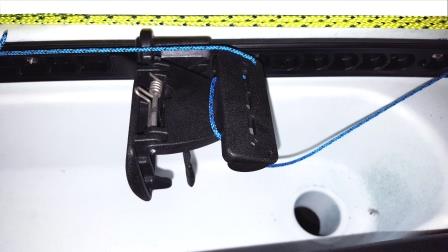
2. To reset the Toe-Tab pull on the cable to the rudder to gain slack in the cable.
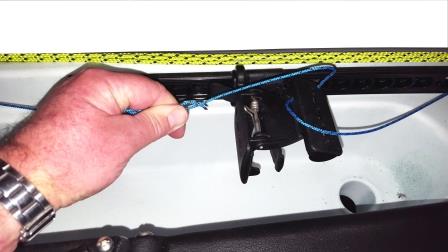
3. Hold this slack in the cable and raise the Toe-Tab all the way towards the rear of the kayak, sliding the rudder cable through the small hole at the top as you go. The cable now has enough slack to allow the length emerging through the hole to be pulled down the seat side of the foot rest so it runs underneath and along to the front of the track.
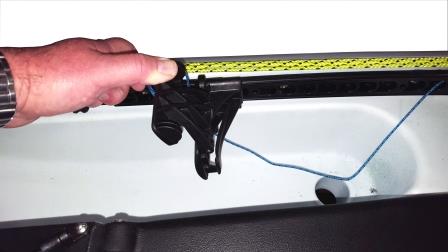
4. The rudder cable should now run to the top of the Toe-Tab, down the front of the footrest, and underneath the edge to the front of the track.
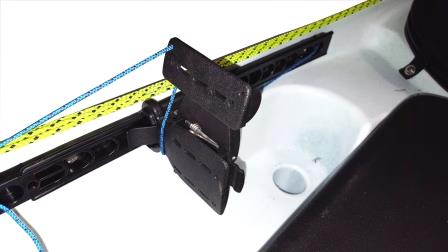
5. Looking at the back of the Toe-Tab, the rudder cable should run down in the curved groove immediately below the hole through which it passes. Repeat this process for the other side. The footrests can now be adjusted for length and the complete assembly is ready for use.
